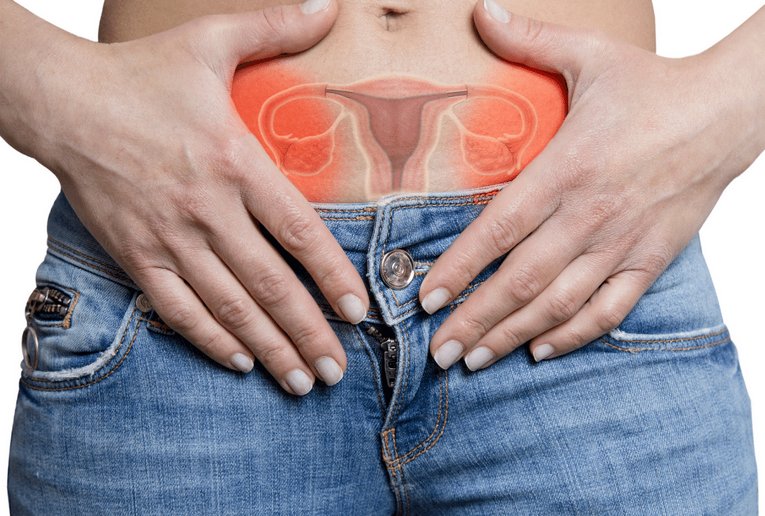
Ovarian Cyst – What You Should Know
Ovarian cysts can develop at any stage of a woman’s life. Sometimes they appear in intrauterine life or in the period immediately after birth (perinatal) in response to the stimulation of hormones produced by the mother. They are more formed during puberty and adolescence when the production of hormones by the ovaries is irregular, especially in the first years after the onset of menstruation. In adulthood, ovarian cysts are rarer, and if they occur, their nature needs to be confirmed. In the postmenopausal period, when the ovaries no longer produce hormones, their appearance should always be carefully evaluated. The most common cysts, even in adulthood, similar to cysts that appear in adolescence, are functional in nature, that is, they develop following a stimulus caused by hormones and do not cause any concern. If you feel pain in your genital area or your period is not regular, it is better to visit a gynecologist Dubai to make sure that you do not have ovarian cysts. In this article, we have tried to introduce you to this disease. So stay with us until the end of this article:
What Are the Symptoms of an Ovarian Cyst?
Because ovarian cysts often cause no discomfort (symptoms), their presence is almost always discovered incidentally during investigations for other reasons. In fact, usually, only large cysts larger than five centimeters in diameter can cause discomfort. The main symptoms are:
- Severe pain during sex or more often mild and vague pain and a feeling of weight in the pelvic area
- Difficulty emptying the bladder
- Need to urinate frequently
- Abdominal swelling
Sometimes ovarian cysts can be accompanied by changes in hormone production that can appear with irregularity in the menstrual cycle. In case of torsion or rupture of the cyst, the pain occurs suddenly and is very strong and acute.
How Is an Ovarian Cyst Diagnosed?
After visiting the patient and performing an ultrasound, the gynecologist will be able to confirm the presence or absence of the cyst and can assess whether it needs to be re-examined to see if the cyst has regressed on its own. Ovarian cyst diagnosis is mainly done through ultrasound and preferably with transvaginal ultrasound. Ultrasound is a non-invasive examination that allows the doctor to identify and measure ovarian cysts so that he can examine the cysts and their possible changes over time and suggest appropriate treatment only if necessary. If you are looking for the best specialists visit Proderma-clinic.com.
Skateboarder, tattoo addict, fender owner, Swiss design-head and RGD member. Acting at the intersection of minimalism and sustainability to craft experiences that go beyond design. Let’s design a world that’s thoughtful, considered and aesthetically pleasing.

The ovarian cyst is an almost common problem among women so about ten percent of women face serious problems related to it. However, many other women are not aware of this problem and do not know about the pain that this bag causes in the genital area.
